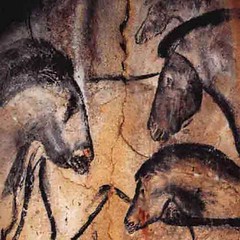The History of St. Patrick’s Day
St. Patrick’s Day has become a celebration of all things Irish. Most public celebrations include quite large quantities of alcohol. Many families serve corned beef, cabbage, and mint chocolate pies every year on March 17th. And some cities like Chicago turn large bodies of water green to commemorate the life of St. Patrick.
“But who was St. Patrick”. St. Patrick is the patron saint of Ireland and is one of the most celebrated figures in modern Christianity. He was born to British aristocrats in the late fourth century; as in most aristocratic families at that time, Patrick as a later son was destined for the priesthood in order to bring tax incentives to his wealthy family. When he was 16 years old, he was captured by Irish raiders and held for six years. During this time, he became much more spiritual as he was a lonely shepherd and required his faith to keep him strong.
After six years in County Mayo, Patrick heard a voice, that he believed to be God’s, telling him to leave Ireland (as was indicated in his writings many years later). He walked hundreds of miles to the coast where he was able to escape to Britain. He was then ordained into the priesthood. He returned to Ireland as a priest, as the majority of Irish were at that time Pagan.
Patrick’s time in captivity in Ireland had influenced him greatly and he brought many Irish customs to his parishioners. He began celebrating Easter with a large bonfire, following the Irish practice of honoring their gods with fire. And he created the Celtic Cross by superimposing the image of a sun onto the cross. St. Patrick died in 460 AD, and it is largely believed that he died on March 17th.
As time went on, St.
